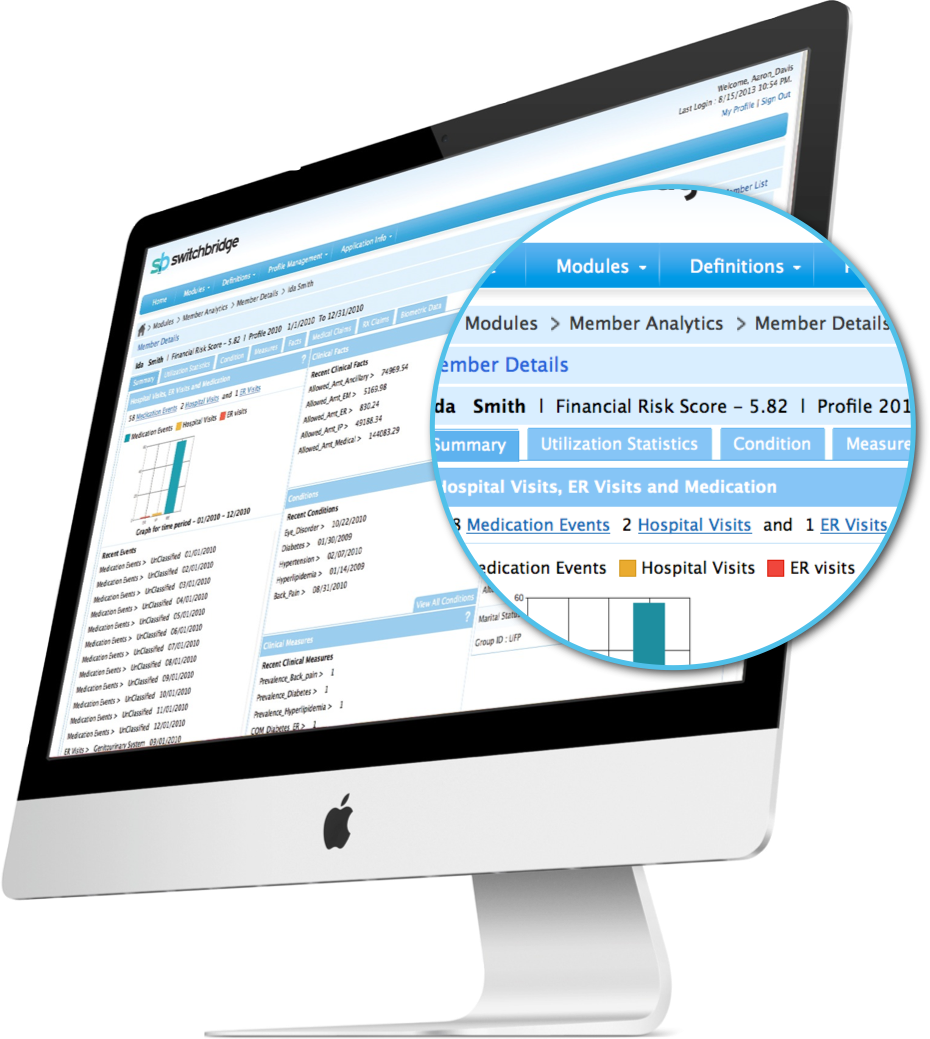In the ongoing effort to reign-in healthcare costs, two of the hottest areas garnering attention are health risk scoring and predictive analytics – both of which, when properly utilized, are extremely effective in identifying existing and emerging risks and targeting appropriate interventions.
Generally, there are two types of health risk scoring used today: Clinical and financial. The first attempts to estimate the future progression of a specific patient’s disease while the second estimates the propensity for that patient to drive future costs. Various systems measure these differently (or may only measure one of the two). Most plan sponsors are primarily concerned with the latter since that’s what they’re paying for and “cost/dollars” are easier to measure than “clinical outcomes/health improvement”.
Some systems attempt to estimate the dollar amount of future claims each member will incur – often in Episode Related Grouper (ERG) ranges, etc.. However, many of those systems lack sufficient biostatistics consulting to measure such critical patient variances as co–morbidities, disease progression rates, general health, socioeconomics, geographic factors, etc. As a result, the estimates are presented in broad ranges that lack specificity and, when studied retrospectively, amount to not much more than a marketing ploy.
The best way to determine the predictive accuracy of an analytics system is to take a large quantity of healthcare claims (preferably millions) for one period of time (e.g. 1/1/12-12/31/12), run those through the analytics tool and then compare the predictions to the actual claims incurred by that same population in the subsequent period (e.g. 1/1/13-12/31/13). Properly executing this kind of analysis is challenging in that a multitude of less-obvious complexities must be accounted for such as: Claims don’t occur in neat 12-month installments (and certainly not in calendar years), many members will have terminated the plan through disenrollment or death during those two years and must be accounted for, some analytics are better at certain disease states than others so the demographic mix of the population can impact results, and on and on. As a result, every analytics provider claims they’re the most predictive because it’s virtually impossible to know for sure.
So, is the the use of predictive analytics a fools game? Not at all. The value of predictive analytics is in identifying those members who represent the greatest opportunity for intervention and then ensuring that the healthplan’s medical manager, patient advocate, healthcare providers, etc. are effectively engaged for patient support and treatment.
One of the most advanced systems on the market today is delivering several key innovations in this area, including:
- Intervention Opportunity Score – The system uses state-of-the-art algorithms to help determine the relative value of an intervention for each member (i.e. these members will be most receptive and responsive to medical management and clinical interventions).
- Gap in Care Rank – This assessment determines which of a specific member’s gaps in care should be closed first and estimates a dollar value related to closing each one.
This analysis enables clinicians to target those members who are the riskiest, who are the most likely to respond to interventions, and which gaps they should attempt to resolve first for the maximum effect. Quality of care and savings outcomes will be optimized when member achievement is rewarded through a gap-reduction wellness plan.
Risk scoring and predictive healthcare analytics are fascinating – especially to data junkies. However, sustainable value will result from the application of this analysis to positively impact health outcomes for patients and savings for the healthplan by turning data into action.





